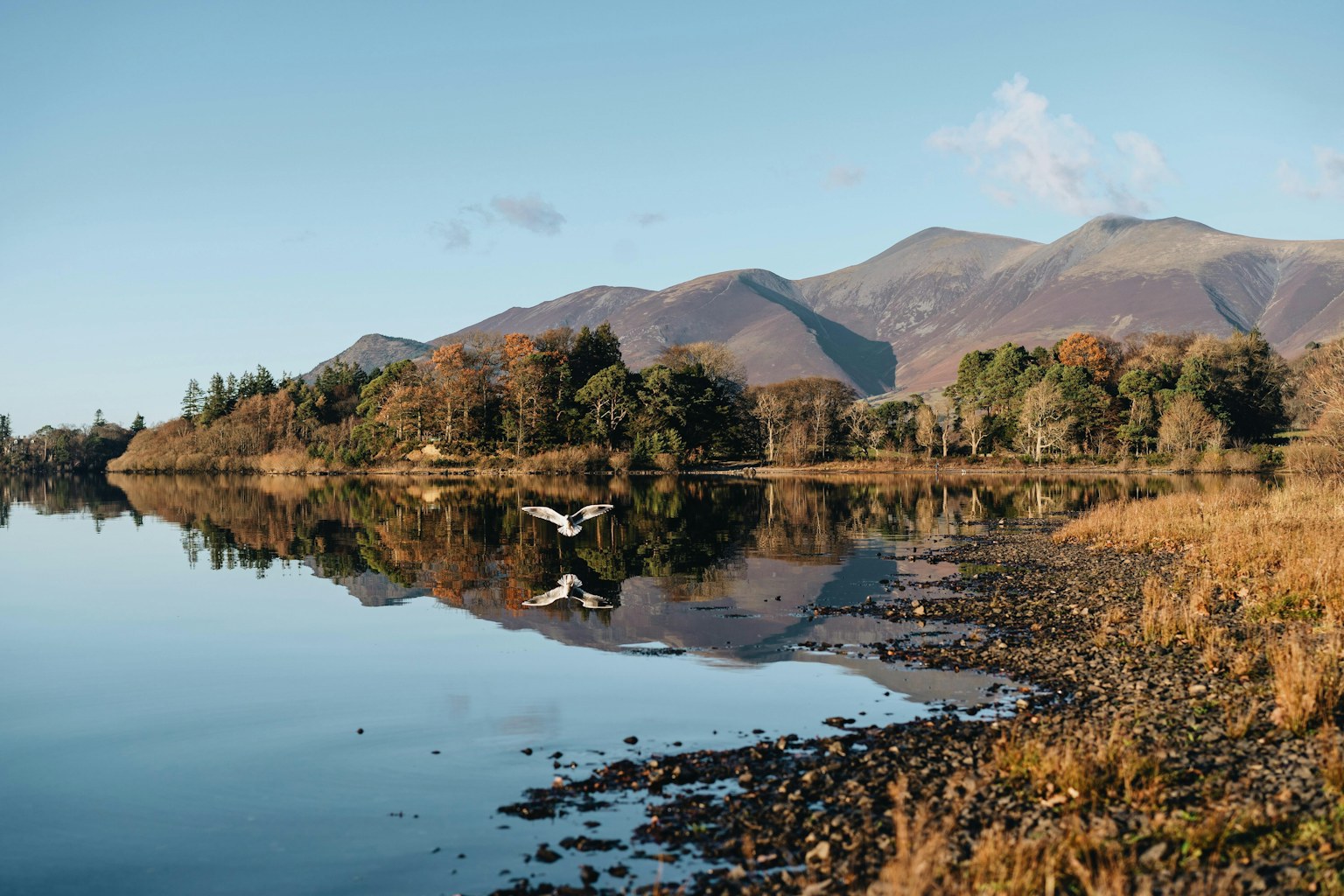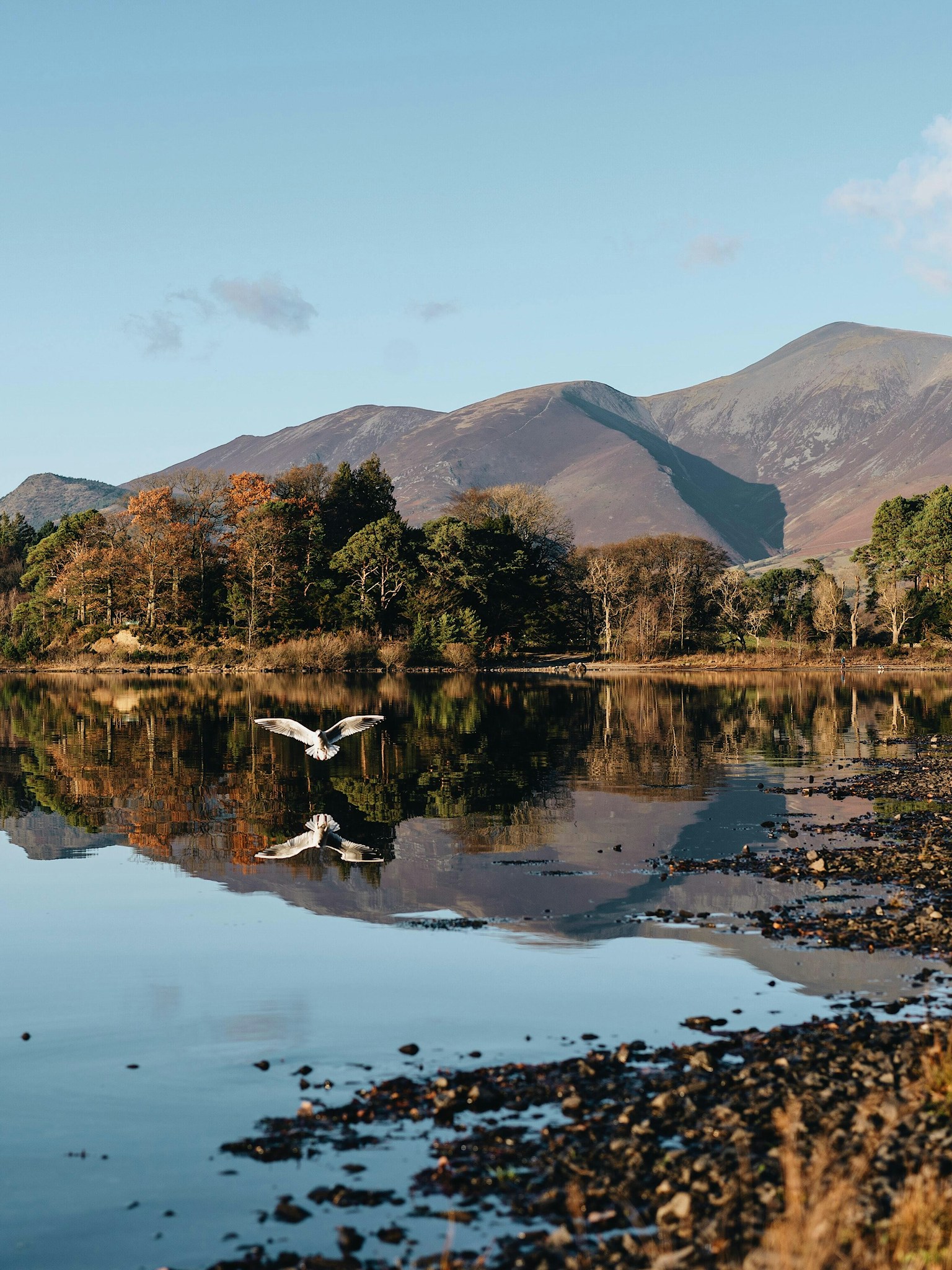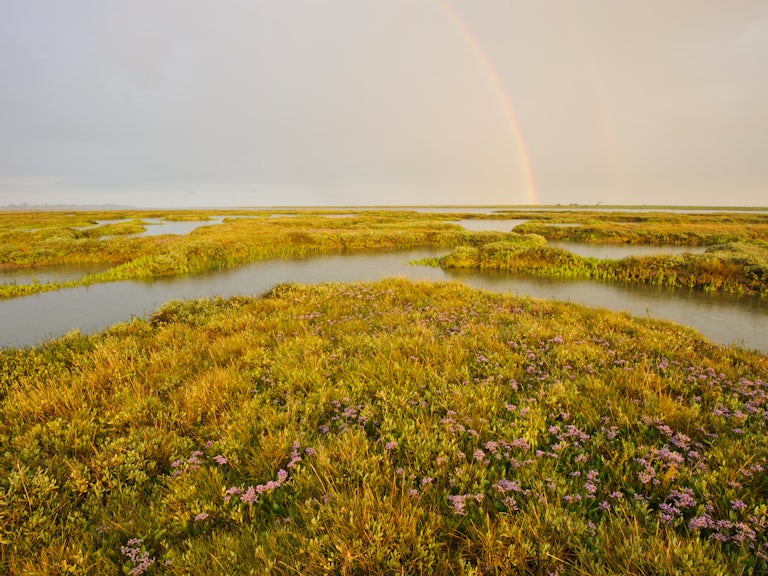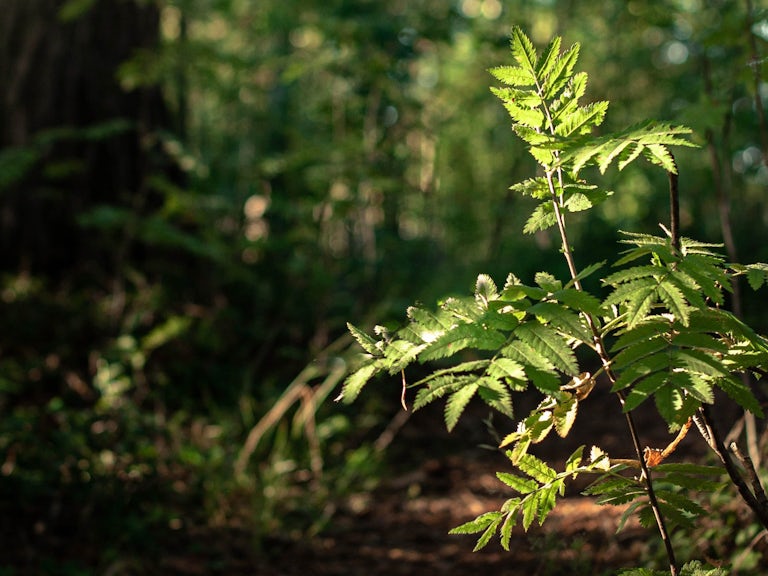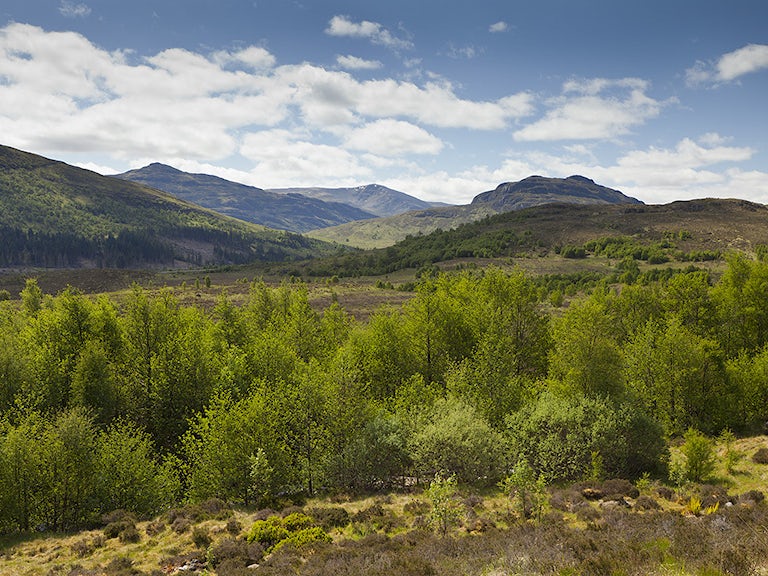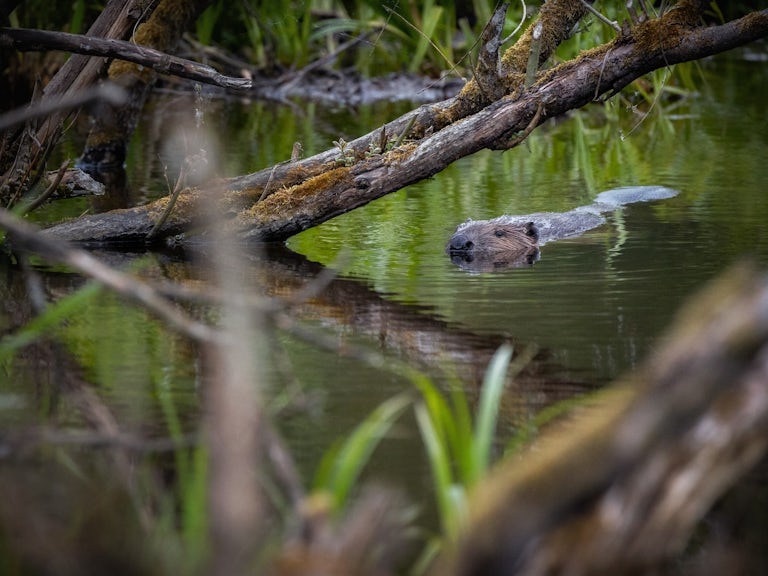Policy briefing: Wilder National Parks
Britain’s national parks could be central to protecting and restoring nature. We are calling for legislative changes to make this possible.

Rewilding Britain is calling for wilder national parks across Britain, with core rewilding areas covering 10% of the land area of each national park, and for this to be backed up by law.
In addition, we would want to see another 50% of the parks become nature recovery areas – with a mix of habitats, wildlife corridors and land uses, and government financial support for nature-friendly agriculture.
This echoes and builds upon the Glover Review’s recommendation (Proposal 3) of having wilder areas in England’s national landscapes.
It also follows Exmoor National Park Authority ’s lead, which in its November 2020 Vision document states it will: “Create 7,000 ha of ‘nature recovery opportunity areas’ where nature and natural processes are allowed to take their course. In these wilder areas land will be allowed to recover, healthy soils and clean water will be restored, and wildlife will recolonise (10% of the national park).”
How this can be achieved
To implement 10% core rewilding areas in NPs, we are calling for four legislative amendments, the first three of which the Glover Review has already recommended for NPs in England:
The statutory purpose of National Park Authorities should be amended to include ‘nature recovery’.
Relevant authorities (public bodies and statutory undertakers) should be obliged to ‘further’ the purposes of NPAs, rather than simply ‘have regard’ to them as currently.
Relevant authorities (public bodies and statutory undertakers) should also be required in law to support the implementation of NPAs’ Management Plans, which are updated every 5 years.
Additionally, NPAs should be obliged to establish core rewilding areas covering 10% of the national park in future Management Plans.
These changes would require fresh primary legislation to amend the 1949 National Parks and Access to the Countryside Act and the 1995 Environment Act (for English and Welsh NPs), and to the National Parks (Scotland) Act 2000.
The definition of ‘core rewilding areas’, and the sorts of land management that would take place within them, would be further detailed in subsequent secondary legislation or policy documents. We propose that land in core rewilding areas would be prioritised for the restoration of natural processes (as Exmoor NPA and the Lake District NP are already proposing) and **follow a set of land management criteria. The 10% core rewilding areas could be a single contiguous area or multiple interconnected areas but the minimum size of any qualifying area should be 1,500 acres (app. 600 ha).
The figure of 10% of the land in national parks has been chosen carefully. We have mapped land owned by public bodies (the MOD, forestry bodies, NPAs, councils and nature bodies) and statutory undertakers (water companies) in all of Britain’s 15 national parks. Public bodies and statutory undertakers have freehold ownership of 10% or more of the land in 9 out of those 15 NPs. (This rises to 12 out of 15 NPs when land owned by the National Trust and National Trust for Scotland is also factored in.) Overall, out of the 5.7m acres (2.3m hectares) of land that Britain’s national parks cover, public bodies and statutory undertakers own 738,000 acres (300k hectares) – 13% of the total.
It would therefore be possible for governments to deliver 10% core rewilding areas in the majority of Britain’s national parks solely on land owned by the public sector and statutory undertakers, without requiring buy-in from private or third sector landowners. Of course, we would fully expect private and third sector landowners also to get involved in delivering core rewilding areas in future, particularly as financial incentives shift over the coming years (the Nature for Climate Fund, ELMs, Net Gain etc). But government can feel confident that it is within their gift to deliver this proposal, and would not need to ‘force’ private landowners into participating.
By mandating National Park Authorities to establish 10% core rewilding areas in their next Management Plan, the Government would automatically establish a timetable for their creation. NPAs are already legally obliged to review and refresh their Management Plans every 5 years. Many are due for review this year or soon thereafter.
Benefits of wilder national parks
Firstly, we know that to ensure nature’s recovery, we need to set aside large areas of land (and ocean) in which species can flourish and regenerate. Protected areas remain a crucial part of conservation, alongside creating greater connectivity between such areas (Lawton 2010) which is the aim of the UK Government’s Nature Recovery Network. At present, however, we know that nature is still declining in our national parks, not recovering; hence the need for additional measures within our NPs to ensure wildlife and habitats can thrive again.
Secondly, therefore, wilder national parks can help deliver on a wide range of UK, Scottish and Welsh Government policy commitments. Core rewilding areas within our national parks will help the UK and Scottish governments deliver on their ‘30×30’ pledges, by ensuring that nature actually starts to recover within them, as well as contributing towards other biodiversity goals in the 25 Year Plan and under the forthcoming Environment Bill. Wilder national parks can help with the creation of the Nature Recovery Network by linking up previously unconnected habitats. This can also help deliver on the UK’s Government’s recently-published England Tree and Peat Action Plans and, in so doing, bolster our natural carbon sinks, contributing to meeting legally-binding climate targets. Lastly, but by no means least, wilder national parks can also help rural economies to thrive and become more resilient: rewilding projects have been shown to increase job numbers, will help generate eco-tourism revenues and can bolster the wider rural economy through provision of ecosystem services, like flood mitigation.

Download this page as a PDF policy briefing
Download pdf**Rewilding Britain has developed a ‘rewilding spectrum’ of principles and criteria that it uses to score different rewilding projects. These criteria include the scale of project; its connectivity with other sites; the degree to which land is being managed in a way that allows natural processes to lead; trophic complexity and species diversity; ecosystem services delivered; level of community engagement and outreach; contribution it makes to supporting a resilient rural economy (jobs created, etc); and how long-term the project is. We would expect core rewilding areas in National Parks to score highly against our criteria in order to qualify: in terms of scale, they would need to be 1,500 acre blocks at minimum, and score highly on all other criteria. Our full rewilding spectrum assessment can be made available upon request.
